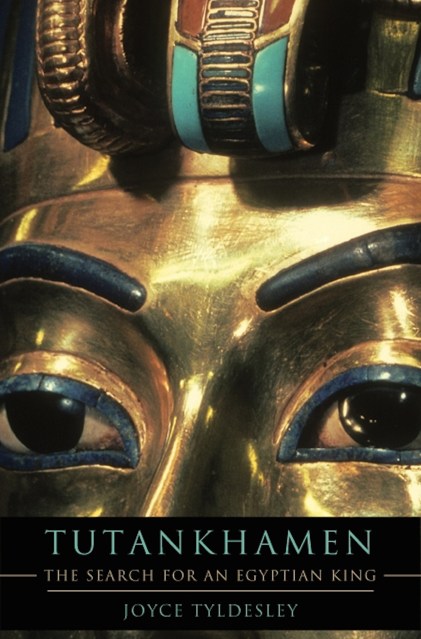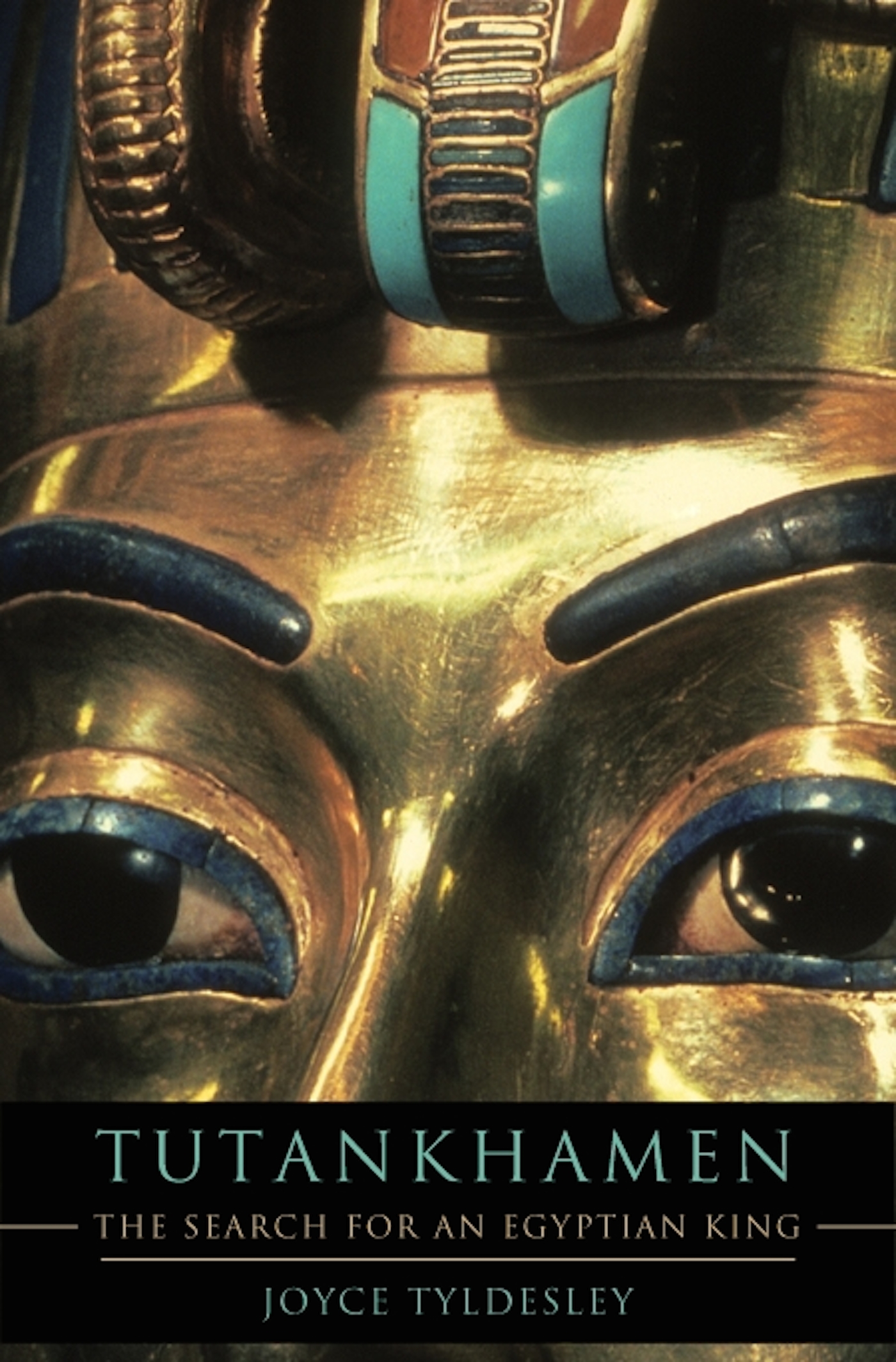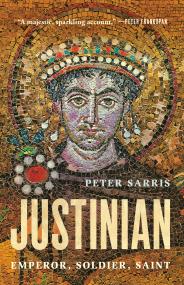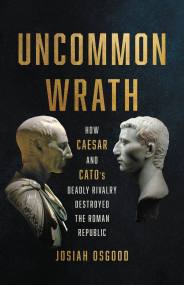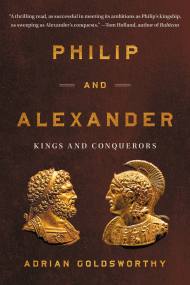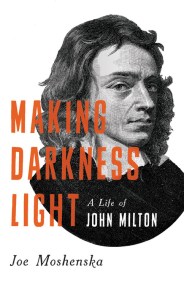Promotion
Use code MOM24 for 20% off site wide + free shipping over $45
Tutankhamen
The Search for an Egyptian King
Contributors
Formats and Prices
Price
$19.99Price
$25.99 CADFormat
Format:
- ebook $19.99 $25.99 CAD
- Hardcover $39.00 $49.00 CAD
This item is a preorder. Your payment method will be charged immediately, and the product is expected to ship on or around March 6, 2012. This date is subject to change due to shipping delays beyond our control.
Also available from:
Tutankhamen ascended to the throne at approximately eight years of age and ruled for only ten years. Although his reign was brief and many of his accomplishments are now lost to us, it is clear that he was an important and influential king ruling in challenging times. His greatest achievement was to reverse a slew of radical and unpopular theological reforms instituted by his father and return Egypt to the traditional pantheon of gods. A meticulous examination of the evidence preserved both within his tomb and outside it allows Tyldesley to investigate Tutankhamen’s family history and to explore the origins of the pervasive legends surrounding Tutankhamen’s tomb. These legends include Tutankhamen’s “curse” — enduring myth that reaffirms the appeal of ancient magic in our modern world
A remarkably vivid portrait of this fascinating and often misunderstood ruler, Tutankhamen sheds new light on the young king and the astonishing archeological discovery that earned him an eternal place in popular imagination.
Genre:
- On Sale
- Mar 6, 2012
- Page Count
- 336 pages
- Publisher
- Basic Books
- ISBN-13
- 9780465029358
Newsletter Signup
By clicking ‘Sign Up,’ I acknowledge that I have read and agree to Hachette Book Group’s Privacy Policy and Terms of Use
